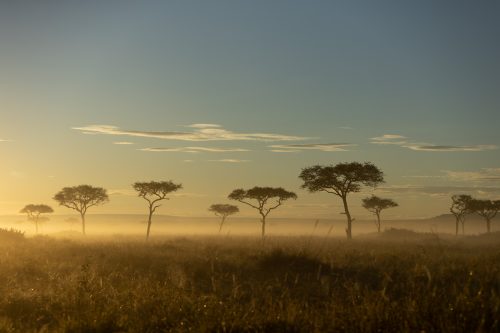
Regardless of how much planning goes into a game drive; it doesn’t always go the way it was meant to. Afterall, it is the wilderness and one of the major attractions of a safari is the unpredictability that comes with each day and every visit.
For example, I never plan to get stuck when I go out on game drive, but it does happen every so often. In fact, this week, I got stuck a total of four times. Three of those times I was behind the wheel, and the fourth time I was a passenger.
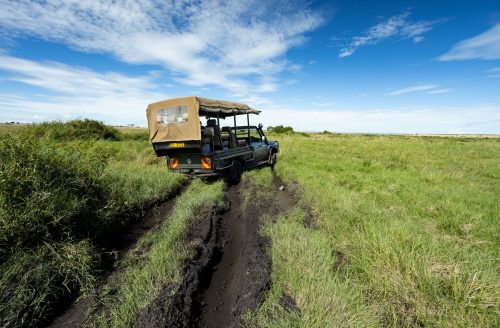
As frustrating as getting stuck can be, it is also rather exciting. I never (well, almost never) feel embarrassed getting stuck in the grasslands of the Maasai Mara because it is inherently a wet landscape, with treacherous, sticky black cotton soil.

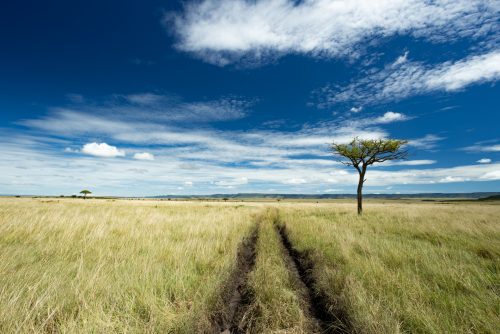

It takes ingenuity and hard, physical, dirty work to get oneself out of these situations. Jacking up the car, digging away the soil, finding rocks and branches to plug holes, and a great understanding of the capabilities of the vehicle. And if all else fails, as a last resort, you call for help. And whilst help is on the way, it is the perfect opportunity to sit back, enjoy the sounds, and perhaps even close your eyes.
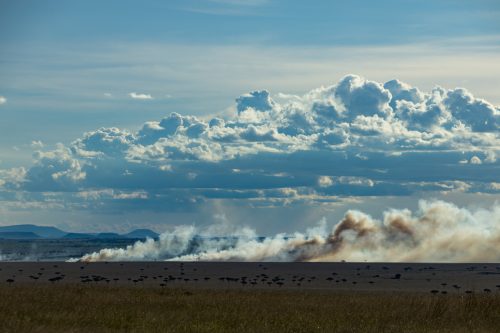
This week, the Mara seemed unable to decide whether it was drying up or getting wetter. A few drier days allowed the Tanzanians, in the Serengeti, to start their yearly burns to our south. Depending on the wind direction, this can make for some dramatic late afternoon photography.
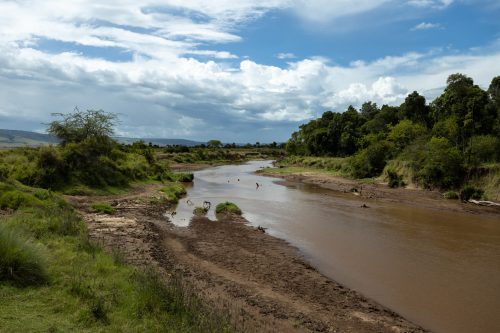
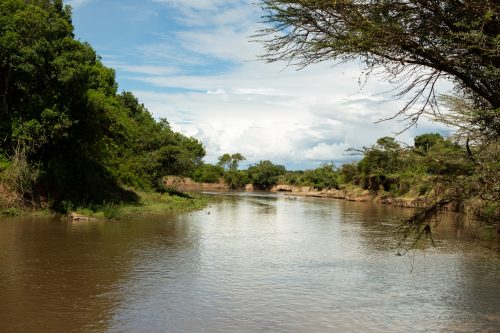
At the same time, we are seeing short electrical storms pass through with wonderful cloud build-ups during the day. Some areas receive huge amounts of rain, whilst others seem to continually miss out on the action. The Mara River, the life-blood of the ecosystem, continues to fluctuate with very little predictability. At the moment there is still a decent amount of water in the river, but next to nothing when compared to this time in years gone by.
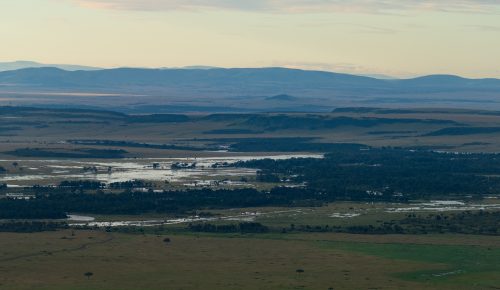
This week a year ago, we were in the midst of one of the wettest periods ever known in the Mara. The view from South Camp deck at the lodge showed the true extent of the flooding of the Mara River across the landscape.
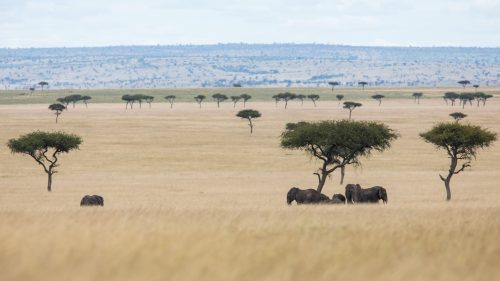
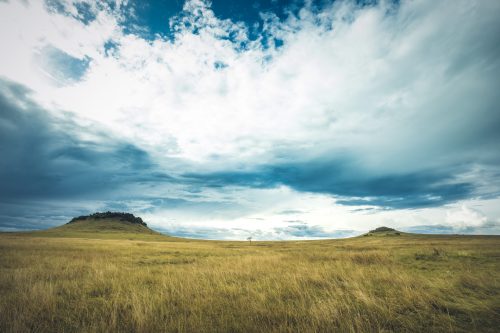
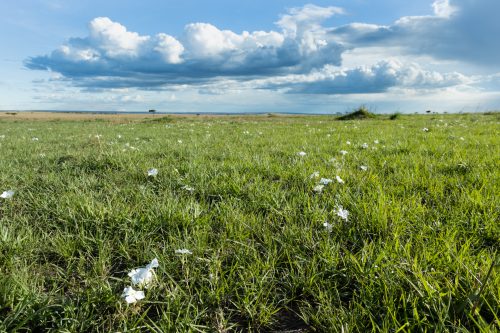
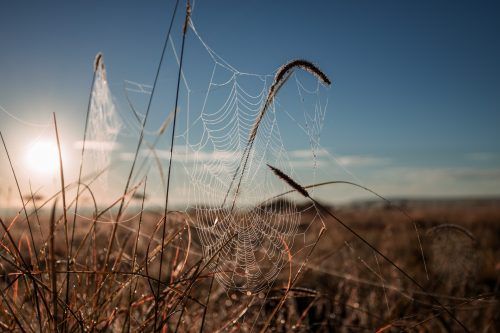
There is always so much to see on any drive here. Of course we all love to see the big cats, but often I find the landscapes to be the most compelling. Recently, I was sitting with guests at dinner, and we were talking about the differences in the safari experience in South Africa and East Africa. The one we all agreed on as being the greatest differentiating factor was the sweeping vistas and huge open landscapes of East Africa - they make for the most gorgeous of photographs.
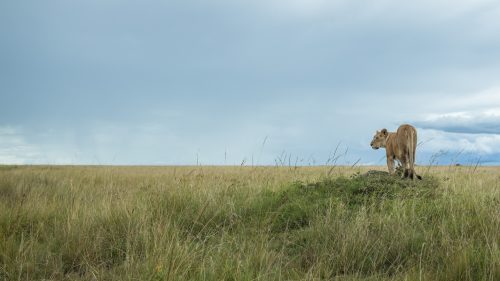
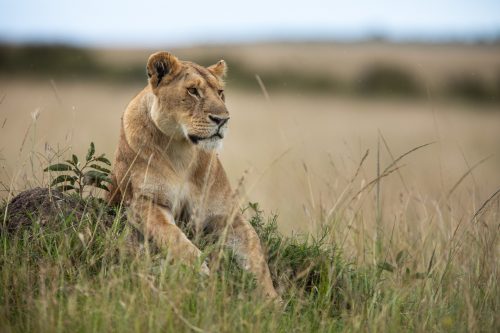
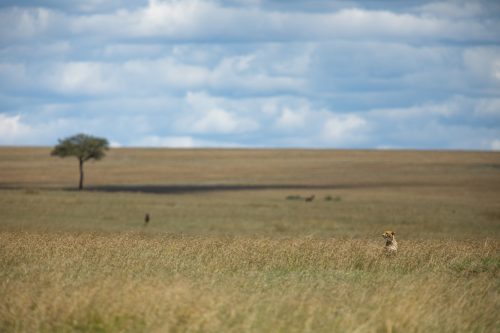
As lovely as landscapes are, combining beautiful scenery together with a stunning cat, be it a leopard, lion or cheetah, makes it all the better.
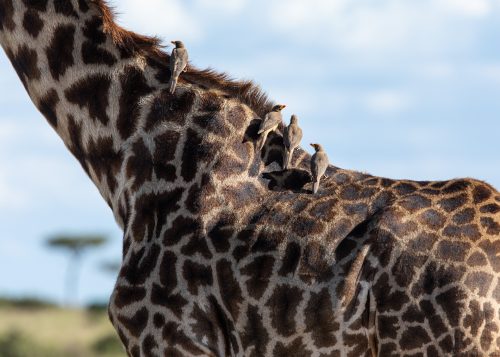
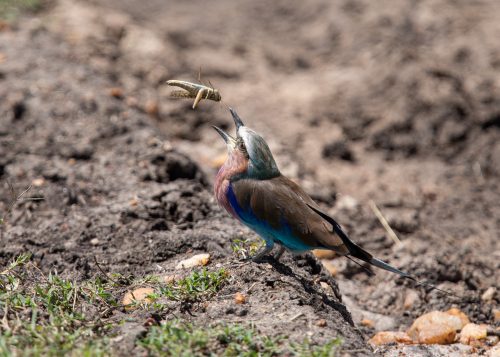
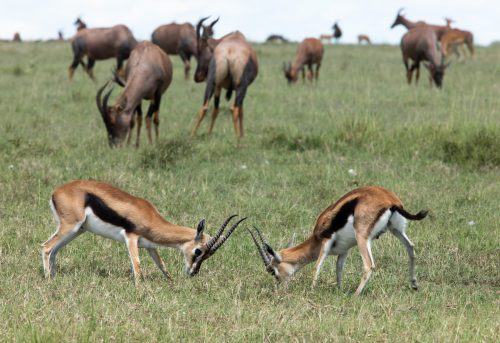
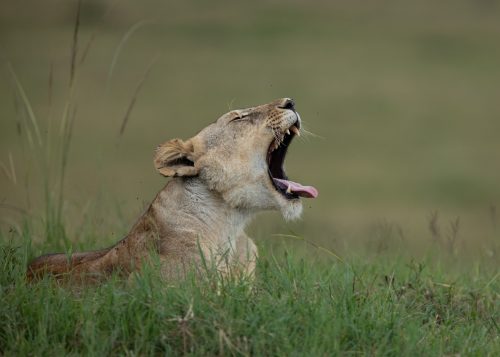
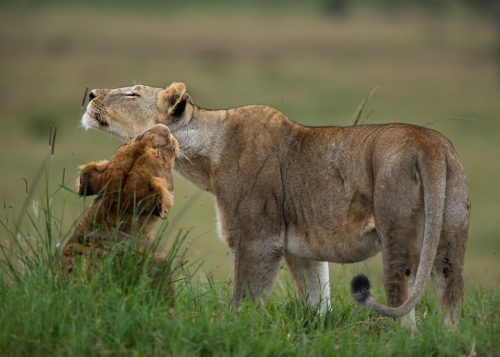
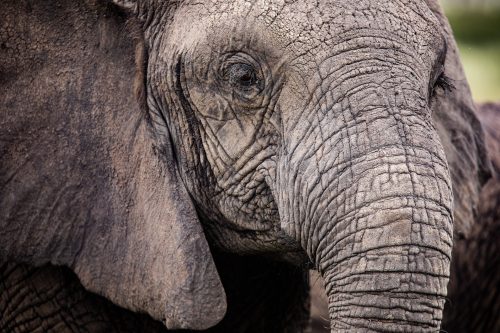
And once you have a good selection of animal-scapes, then don’t be shy to take out a bigger lens and capture some of the incredible diversity and beauty that defines the Maasai Mara.
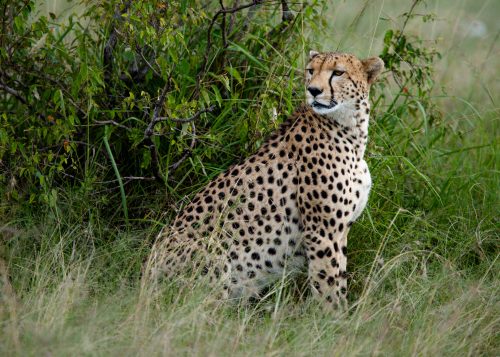
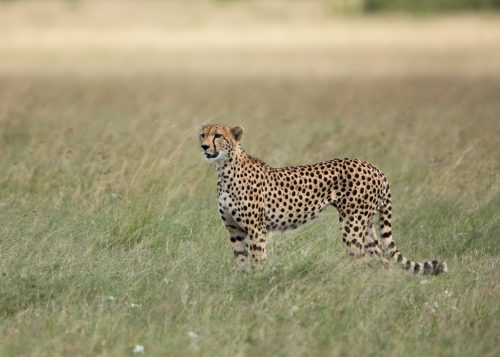
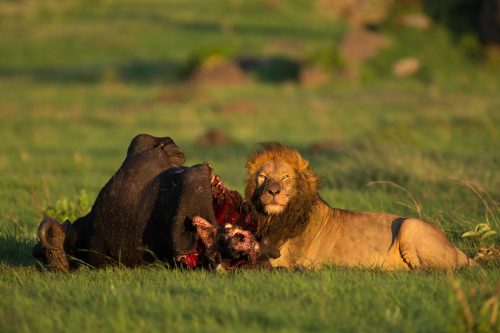
This time of the year is often marked by lion having to make dangerous hunts on buffalo. Two years ago, I will never forget arriving just minutes after the Sausage Tree Pride managed to overpower an old bull. I watched as the gorgeous Ol Donyo Paek male lion took possession of the kill, and fiercely guarded it from the rest of the pride. This pride have become somewhat of an enigma over the last year-and-a-half as sightings of them have massively decreased due to the area becoming nearly impenetrable, and their territory growing bigger and bigger.
Tomorrow, the 8th of May, is the Global Big Day: an opportunity for people across the world to record the birds they see and celebrate the world of birds around you. Every year, the Angama guiding team participates and tries to better the previous year’s number. Three years ago, one of the big ‘ticks’ was this double-toothed barbet, found feeding in a fig tree on the banks of the Mara River.
Filed under: This Week at Angama
Subscribe for Weekly Stories
Comments (0):
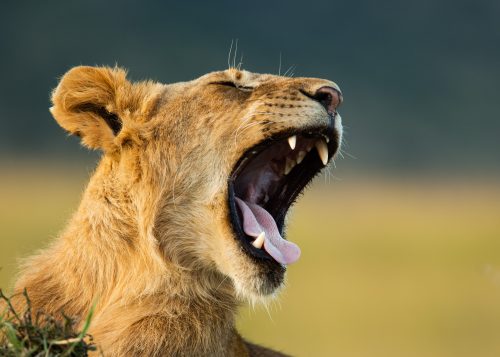
Angama Safari Offers